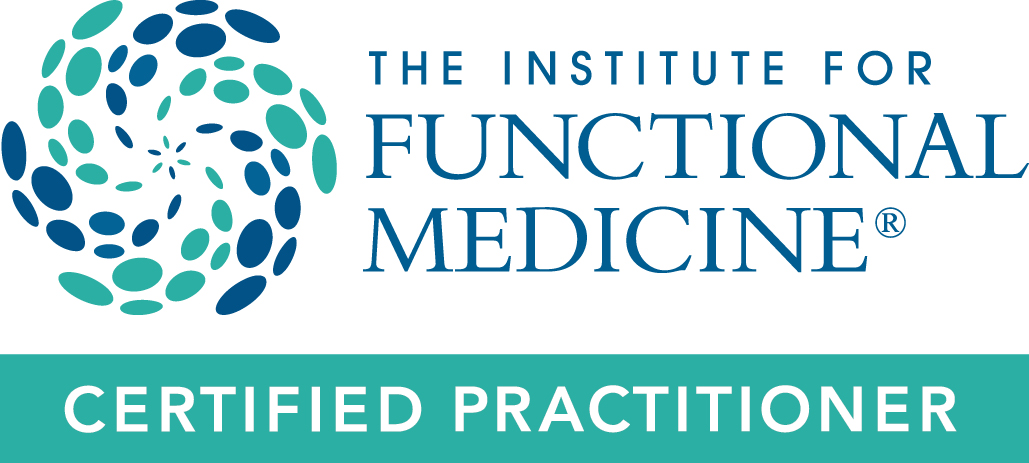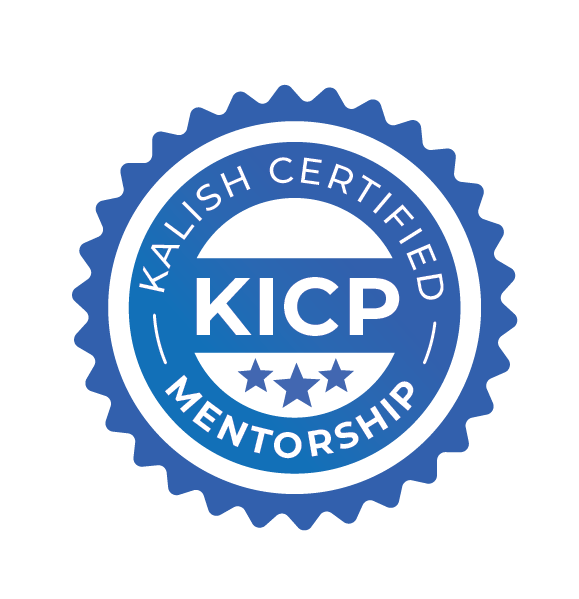Too Stressed to Meditate? I was once too…
A few years ago, I was extremely stressed — constantly irritable with my poor kiddos and hubby walking on eggshells around me. Then someone suggested that I meditate. My first reaction was, “Are you kidding me? I am too stressed to meditate!”
But, being the ever-overachiever (not to mention in desperate need of any stress relief), I started trying to learn how to meditate. I bought several apps, used calming sounds, read the Power of Now, and even bought a meditation chime bell. Despite my best efforts, my meditation ritual went something like this:

A pleasant evening, locked in my bedroom with calming music or a meditation app on and trying to meditate… Only to be interrupted incessantly by my children. My inevitable response back when they wouldn’t stop calling for me until I answered was, “I AM MEDITATING!!!”. Picture George Costanza from Seinfeld, “SERENITY NOW!”. Not quite a meditative experience.
But you know what they say, if at first you don’t first succeed (and I am an overachiever)… I kept trying until I finally found a program that worked for me. I am now a meditator — albeit not always consistent, but I always try to get a session in — and I have found the benefits of meditation. I am calmer, more positive, and, most importantly, able to respond better to my children.
One of the secrets to my meditation success was understanding the science behind why meditation works. I am a nerd as well as an overachiever. Now, what worked for me may be quite different than what works for you. But if you are like me, here is just a little of the science behind meditation.
When you meditate, you stimulate certain parts of the brain. Through a process called neuroplasticity, which refers to the brain’s ability to change and adapt in response to experiences, this stimulation can enhance the activity within those portions of the brain that can create long-lasting changes. Different types of meditation will stimulate different brain regions, but on the whole, here are the general regions seen on functional neuroimaging that benefited from meditation.
- The prefrontal cortex: This area of the brain is essential for attention. Meditation can increase the gray matter and the activity of this region. Some meditation practices also increase the activity of a specific area associated with positive emotions. The result can be improved focus and attention, and emotional regulation.
2. Hippocampus: This area of the brain is important for memories. Meditation can increase the gray matter in this region, improving memory.
3. Amygdala: This area of the brain is an emotion regulation center that produces fear, anxiety, and anger. Meditation can decrease activity in this region, which can help reduce anxiety.
4. Thalamus: This part of the brain helps to process sensory information. Meditation can decrease the activity of this region, which may reduce the perception of pain.
During meditation, you also put your brain in a calm and relaxed state by generating alpha and theta brain waves — the relaxing brain waves. This calm state not only makes us feel good, but it also down-regulates our “fight or flight” sympathetic/cortisol system. Researchers have also demonstrated that meditation can reduce the levels of the inflammatory marker, IL-6. IL-6 is a potent driver of body inflammation, which can lead to various chronic health problems, including arthritis, cardiovascular disease, etc.
When you think about how powerful meditation can be, the question is not why you should do it, but WHY NOT! Now, I know many of you have already come up with reasons why you can’t meditate. I have heard a lot of them.
- I don’t have the time. I get it — I am not a monk and don’t have hours to meditate. Good news! You only need 15–20 minutes a day! EVERYONE has 15–20 minutes they can spare. Yes, it may mean 15–20 minutes less of that Netflix series you are watching — but really, is that Netflix series that good? (Ok, K-drama fans, Crash Landing Into You really was that good, but even I spared those minutes to meditate.)
2. It’s too expensive. Good news! You can find free apps, and your insurance may even cover the cost of some paid apps! Calm, Headspace, and Ten Percent Happier are just a few meditation apps that have had good results with people. I also am a big fan of Emily Fletcher’s work; her book “Stress Less Accomplish More” is a great read.
3. It doesn’t work for me — I can’t shut off my mind. If you can’t shut off your brain, that’s the best time to practice getting your brain back on the mantra. Meditation is a practice — you don’t have to be perfect, but you do have to practice it.
4. And, of course — my excuse — “I’m too stressed to meditate!”. In this case, I really get it. If this is you, try these two things first:
- Start with simple breathing exercises. A great one to try is the 4–7–8 breath (breathing in for 4 seconds, holding at the top for 7, then breathing out for 8 seconds). This works especially well when you are just about to yell at someone out of frustration! Do this for a few rounds and build up to 5–10 minutes daily.
- Adaptogens (like Ashwagandha) may also help to bring down your stress level just enough to get you into a more receptive state for meditation. If you have any underlying medical issues, discuss any supplements with your physician first.
I hope this helps you! And remember, if at first you don’t succeed, keep on going. There’s bound to be a good fit for you.
References:
1. Fox, K. C., Nijeboer, S., Dixon, M. L., Floman, J. L., Ellamil, M., Rumak, S. P., … & Christoff, K. (2014). Is meditation associated with altered brain structure? A systematic review and meta-analysis of morphometric neuroimaging in meditation practitioners. Neuroscience & Biobehavioral Reviews, 43, 48–73.
2. Tang, Y. Y., Lu, Q., Fan, M., Yang, Y., & Posner, M. I. (2012). Mechanisms of white matter changes induced by meditation. Proceedings of the National Academy of Sciences, 109(26), 10570–10574.
3. Hölzel, B. K., Carmody, J., Vangel, M., Congleton, C., Yerramsetti, S. M., Gard, T., & Lazar, S. W. (2011). Mindfulness practice leads to increases in regional brain gray matter density. Psychiatry Research: Neuroimaging, 191(1), 36–43.
4. Luders, E., Toga, A. W., Lepore, N., & Gaser, C. (2009). The underlying anatomical correlates of long-term meditation: Larger hippocampal and frontal volumes of gray matter. NeuroImage, 45(3), 672–678.
5. Zeidan, F., Martucci, K. T., Kraft, R. A., Gordon, N. S., McHaffie, J. G., & Coghill, R. C. (2011). Brain mechanisms supporting the modulation of pain by mindfulness meditation. The Journal of Neuroscience, 31(14), 5540–5548.
6. Creswell, J.D., Taren, A.A., Lindsay, E.K, Greco, C.M, Gianaros, P.J., Fairgrieve, A., Marsland A.L., Brown, K.W., Way, B.M., Rosen, R.K., Ferris, J.L. (2016). Alterations in Resting-State Functional Connectivity Link Mindfulness Meditation With Reduced Interleukin-6: A Randomized Controlled Trial. Biol Psychology, 80(1):53–61.
7. Fox, K.C.R., DIxon, M.L., Nijeboer, S., Girn, M., Floman, J.L;, Lifshitz, M., Ellamil, M., Sedlmeier, P., Christoff, K. (2016). Functional neuroanatomy of meditation: A review and meta-analysis of 78 functional neuroimaging investigations. Neuroscience & Biobehavioral Reviews, 65, 208–228.
For more useful information on functional holistic health, you can visit our FREE video library here.
About the Author:
Dr. Eri Shimizu is a board certified in Internal Medicine Doctor and soon will be certified through the Institutes of Functional Medicine. She earned a Bachelor of Science in Environmental Bioengineering from the University of Hawaii at Manoa and graduated summa cum laude from Creighton University Medical School. She completed her Internal Medicine residency at UCLA and worked at a Los Angeles county hospital. In 2012, she returned to Hawaii and served as a Hospitalist at Maui Memorial Medical Center. Maui is now home with her husband, two children, and a fighting fish named Rainbow.
Schedule a FREE Functional Medicine Health Consult with Dr. Eri.








